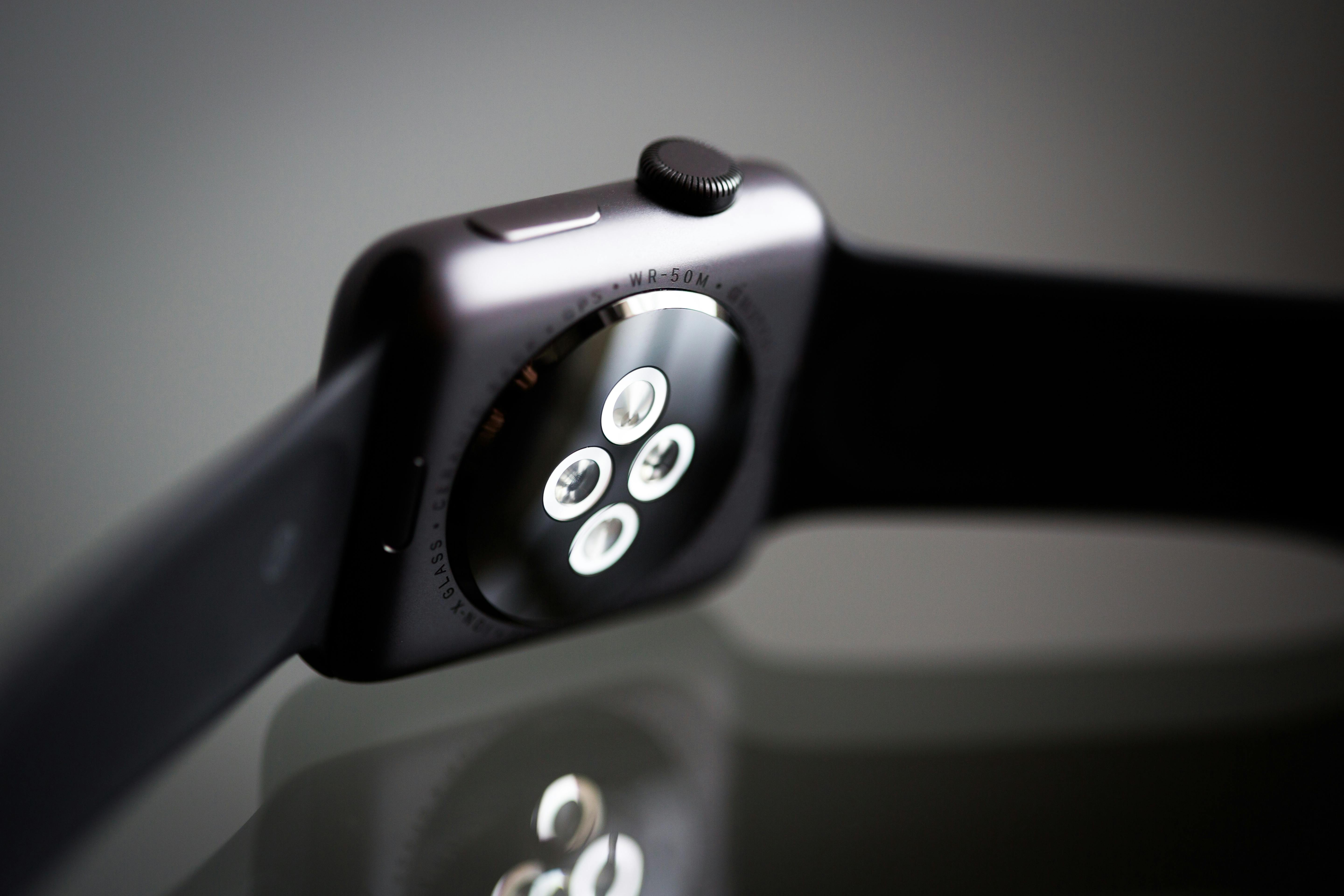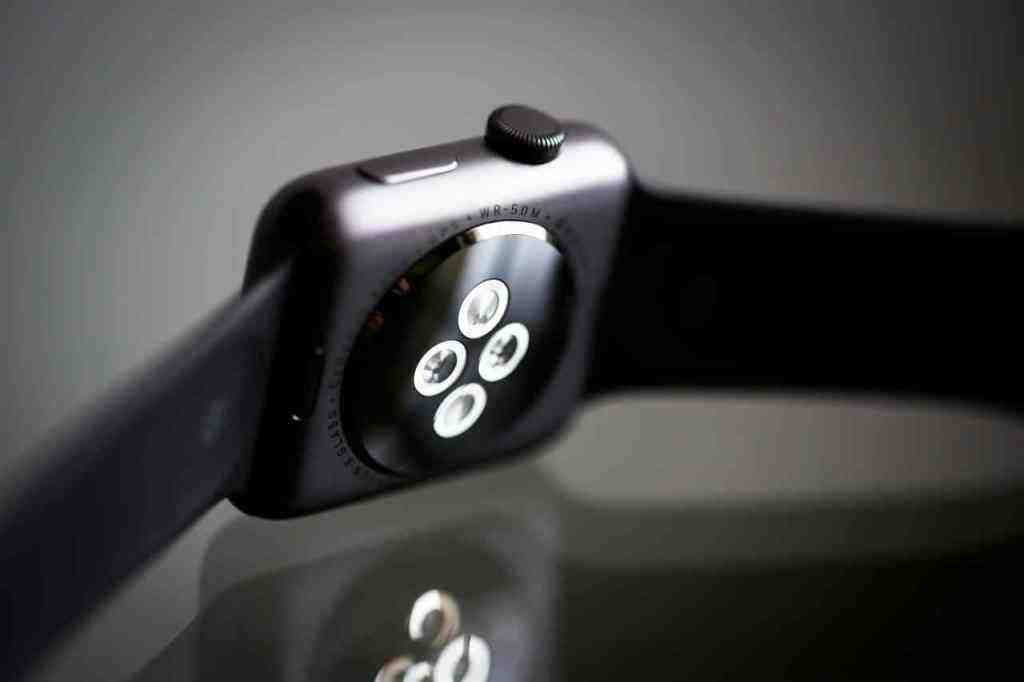iOS 18.6.1: Your Apple Watch Just Got Smarter – Blood Oxygen Feature Returns!

Hey everyone! Big news in the Apple world today, August 15, 2025. If you’re an Apple Watch user, especially rocking a Series 9, Series 10, or Ultra 2, you’re going to want to hear this. Apple just dropped iOS 18.6.1, and it’s bringing back a super important health feature: Blood Oxygen monitoring! Remember when this feature was a bit of a headache due to some patent issues? Well, it looks like Apple’s found a clever workaround, and we can all breathe a little easier, literally. This update isn’t just a minor tweak; it’s a significant step in Apple’s ongoing mission to make its devices indispensable tools for our health and well-being. Let’s dive into what this means for you and your Apple Watch.
A Fresh Start for Blood Oxygen Monitoring
So, what’s the big deal with iOS 18.6.1? For starters, it’s all about the blood oxygen feature. Apple had to temporarily disable this in the U.S. back in January 2024 due to a patent dispute with a company called Masimo. It was a bummer, especially for those who rely on this data for their fitness or health management. But, thanks to a recent U.S. Customs ruling, Apple’s been able to reintroduce a “redesigned” version of the feature. This isn’t just a simple flip of a switch, though. The way it works now is a bit different. Instead of the Apple Watch doing all the heavy lifting for blood oxygen measurements, the sensor data is now sent to your paired iPhone for calculation. Once processed, you can view your blood oxygen levels in the Respiratory section of the Health app on your iPhone. It’s a bit of a detour from the on-watch experience, but hey, it means the feature is back and functional!
How the Redesigned Feature Works
If you’ve updated your iPhone to iOS 18.6.1 and your Apple Watch to watchOS 11.6.1, you’re good to go. To take a reading, you’ll open the Blood Oxygen app on your Apple Watch, and the sensors will gather the necessary data. This data then travels to your iPhone, where the magic happens. The results are then stored in the Health app. It’s a neat bit of engineering that keeps Apple compliant while still providing users with valuable health insights. It’s important to note that if your Apple Watch already had the original blood oxygen feature, or if you purchased your watch outside the U.S., this update won’t change anything for you. You’ll still have the original functionality that displays readings directly on the watch. This redesigned approach is specifically for those U.S. models that were affected by the patent pause.
Why This Matters: More Than Just a Number. Find out more about iOS 18.6.1 blood oxygen feature update.
Blood oxygen saturation (SpO2) is a key indicator of your overall respiratory and cardiovascular health. It tells you how efficiently oxygen is being delivered to your limbs from your heart. For athletes, it can help gauge performance and recovery. For those managing respiratory conditions, it’s a vital sign. Even for general wellness, understanding your SpO2 levels can offer a more comprehensive picture of your body’s functioning. Apple’s commitment to bringing this feature back, even with the workaround, shows how serious they are about wearable health tech.
Apple’s Growing Health Ecosystem: A Deeper Dive
This blood oxygen update is just one piece of Apple’s much larger puzzle when it comes to health and wellness. Since launching the Apple Watch and HealthKit platform, Apple has been steadily transforming how we monitor our health. It’s not just about tracking steps anymore; it’s about providing actionable, science-based insights.
The Evolution of Apple Watch Health Features
From the early days of heart rate monitoring to the introduction of ECG, fall detection, and now blood oxygen, Apple has consistently pushed the boundaries of what a smartwatch can do for our health. The company invests heavily in research and development, often collaborating with medical experts and institutions to ensure the accuracy and reliability of its features. Studies have even shown that the Apple Watch’s cardiac metrics are comparable to clinical tests, highlighting its potential in remote patient monitoring. The Health app itself acts as a central hub, consolidating data from your Apple Watch, iPhone, and even third-party apps. This unified approach gives users a holistic view of their health, making it easier to spot trends and share information with healthcare providers if they choose.
Looking Ahead: The Future of Wearable Health. Find out more about Apple Watch blood oxygen monitoring enhancements guide.
Apple’s focus on health isn’t slowing down. Rumors suggest even more advanced features are on the horizon, potentially including blood glucose tracking and more sophisticated heart health metrics. This push into digital health is a massive opportunity, tapping into a trillion-dollar industry. Apple’s brand trust and existing user base give it a significant advantage in becoming a dominant player in wearable healthcare. Imagine a future where your Apple Watch could help detect conditions like sleep apnea or provide even more personalized wellness guidance. The continuous refinement of features like blood oxygen monitoring lays the groundwork for these future innovations. It’s clear that Apple sees its devices not just as consumer electronics, but as essential tools for personal health management.
Broader Implications for the Health Tech Industry
Apple’s advancements in wearable health technology have a ripple effect across the entire industry. As Apple sets higher benchmarks for accuracy, data interpretation, and user experience, other companies are spurred to innovate. The trend is towards making advanced health monitoring more accessible and integrated into our daily lives.
Increased User Engagement with Health Data. Find out more about Redesigned blood oxygen feature iOS 18.6.1 tips.
With features like the redesigned blood oxygen monitoring, users are likely to become more engaged with their personal health metrics. Clearer visualizations and more actionable insights encourage proactive health management. This increased engagement can lead to better lifestyle choices and a greater sense of personal responsibility for one’s well-being. Apple’s approach democratizes health information, empowering individuals to take a more active role in their wellness journeys.
The Role of Wearables in Preventive Healthcare
The continuous improvements in features like blood oxygen tracking further solidify the role of wearables in preventive healthcare. By providing early indicators of potential health issues, devices like the Apple Watch can prompt users to seek medical attention sooner. This proactive approach can lead to better health outcomes, potentially lower healthcare costs, and a greater emphasis on maintaining good health. Apple’s dedication to health tracking is a significant contributor to this shift in how we approach healthcare.
User Adoption and the Road Ahead
Given Apple’s massive user base, the adoption rate for iOS 18.6.1 and its new blood oxygen features is expected to be quite high. Early user feedback will be crucial in shaping future iterations of these health functionalities. Apple has a strong track record of listening to its community and incorporating feedback into software updates.
Anticipation for Future Software Updates. Find out more about Improved accuracy blood oxygen Apple Watch strategies.
This release naturally builds anticipation for what’s next. The consistent improvement of health features suggests a long-term strategy to make Apple devices indispensable for personal health. Users will be eagerly awaiting updates that might build on these blood oxygen enhancements, introduce new health sensors, or refine existing tracking capabilities. The momentum Apple has built in the digital health space is truly impressive.
The Evolving Landscape of Digital Health
iOS 18.6.1 is a significant milestone in the ever-changing world of digital health. It highlights the growing trend of integrating sophisticated health monitoring directly into consumer electronics. As technology advances, the lines between our personal devices and health management tools continue to blur, offering unprecedented opportunities for individuals to take control of their well-being. Apple’s persistent innovation is a key driver of this transformation, making advanced health insights more accessible than ever before.
Conclusion: A Healthier Future, One Update at a Time
The release of iOS 18.6.1, with its revamped blood oxygen feature, is a clear step forward in personalized health monitoring. Apple’s dedication to refining its health tracking capabilities, combined with its focus on user experience and data accuracy, firmly positions the company at the forefront of the digital health revolution. This update not only enhances the functionality of existing devices but also signals a promising future for health technology, empowering individuals with the tools and insights they need to lead healthier, more informed lives. So, make sure to update your iPhone and Apple Watch to get the most out of these exciting new health features. It’s a great reminder that technology, when thoughtfully developed, can truly help us take better care of ourselves. What are your thoughts on the redesigned blood oxygen feature? Let us know in the comments below! Learn more about iOS 18. Explore the Apple Watch. Discover Apple Health. Read more about the Blood Oxygen feature return. See what else is new in iOS 18.6.1. Understand Blood Oxygen Saturation. Apple Watch Health Features Explained. The Future of Apple Watch Health Features.
